Fabrice Cambolive is a proud Frenchman and he has worked for the country’s largest car manufacturer for more than three decades. So it seems odd that one of the main strengths he says he brings to his role as CEO of the Renault brand is an outside perspective.
But it makes more sense when you see his career trajectory: the 55-year-old has worked in Brazil, Spain, Switzerland, Germany, Romania and Russia and also served as the boss of Renault’s operations in Africa, the Middle East, India and the Pacific. Bringing that experience to the CEO role, he says, means that he can “look at the brand from an uber angle”.
He adds: “I spent 30 years abroad in many, many countries. I was half part of Renault, because on the one hand I was a full Renault product, but on the other hand I could see Renault from a different, international perspective.”
Cambolive returned ‘home’ three years ago, shortly after Luca de Meo – whom he worked with early in his career – was named head of the overall Renault Group. Cambolive initially led Renault’s sales and operations division as de Meo’s transformative ‘Renaulution’ initiative was rolled out, before being promoted to chief operating officer in 2022, and CEO a year later. Under new Renault Group CEO Francois Provost, Cambolive also now serves as the Group's chief growth officer, tasked with overseeing both the Renault and Dacia brands, and spearheading international development.
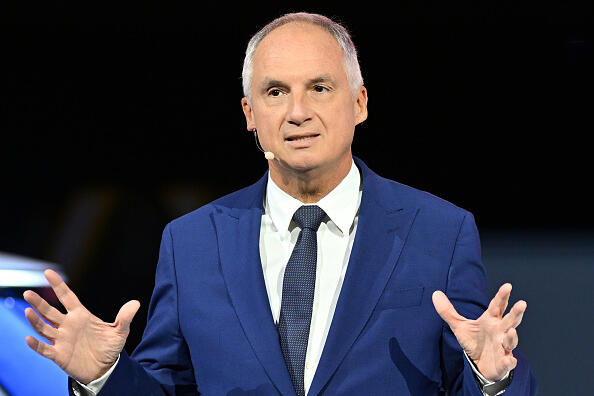
In his CEO role, Cambolive says the goal now is to “build the brand for the future” and he talks of leading Renault as “a unique chance to participate in a global project in terms of environment, mobility, technology, sociology – this is what Renault means for me, with a focus on the product.
“When you look at what we did in the last four years with Luca, four years ago Renault was in a complicated situation, and within a short amount of time we had to make some tough and bold choices in an environment that was really uncertain. Who could have bet on how quickly the electrification in Europe would go, and with which kind of solution?


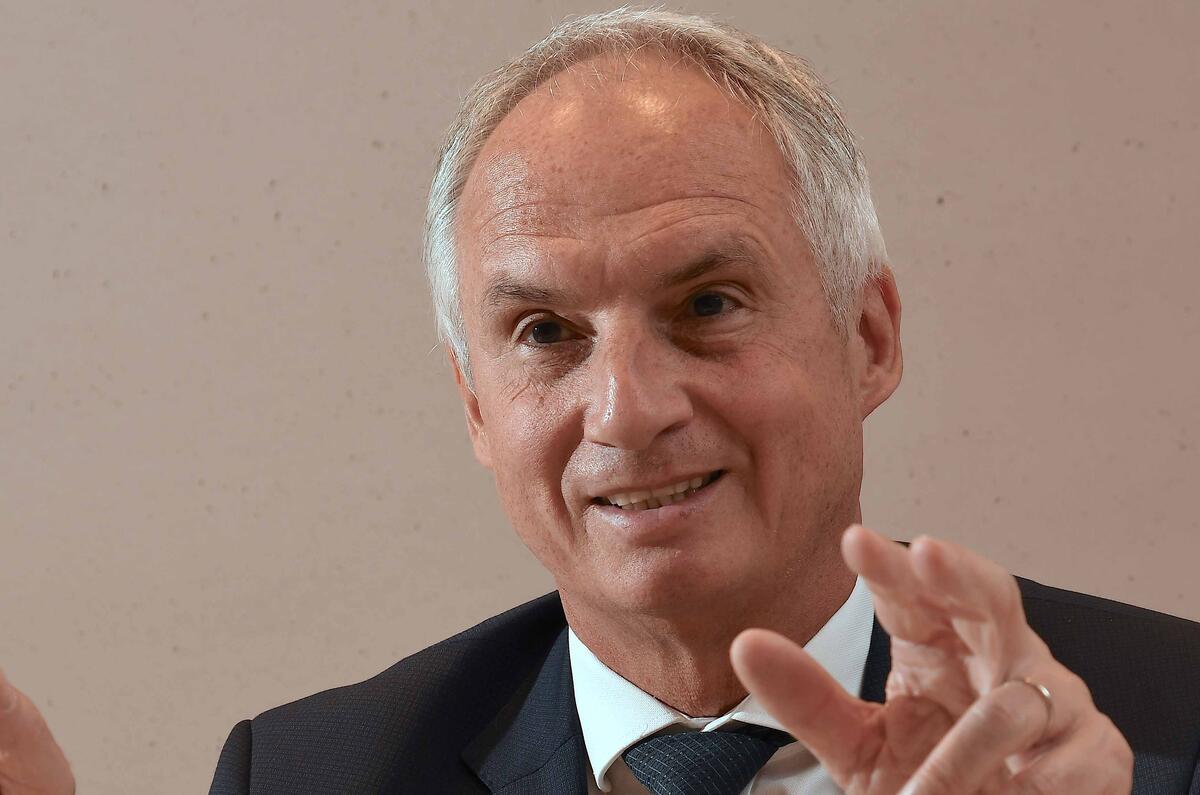

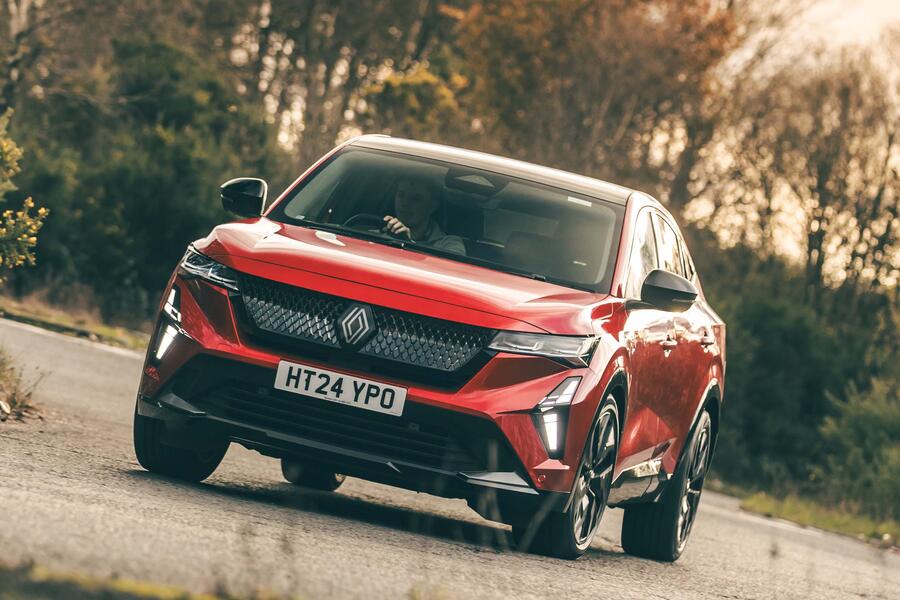
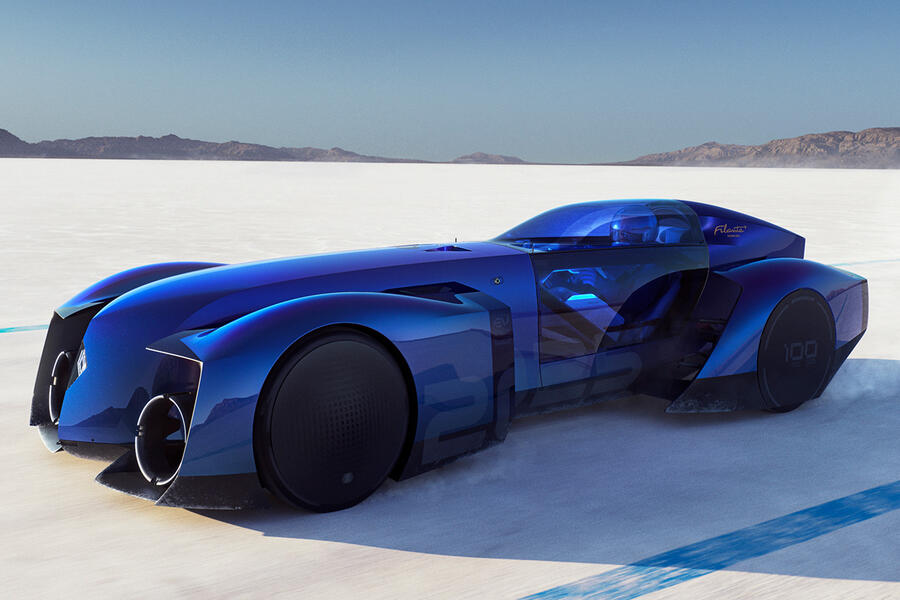
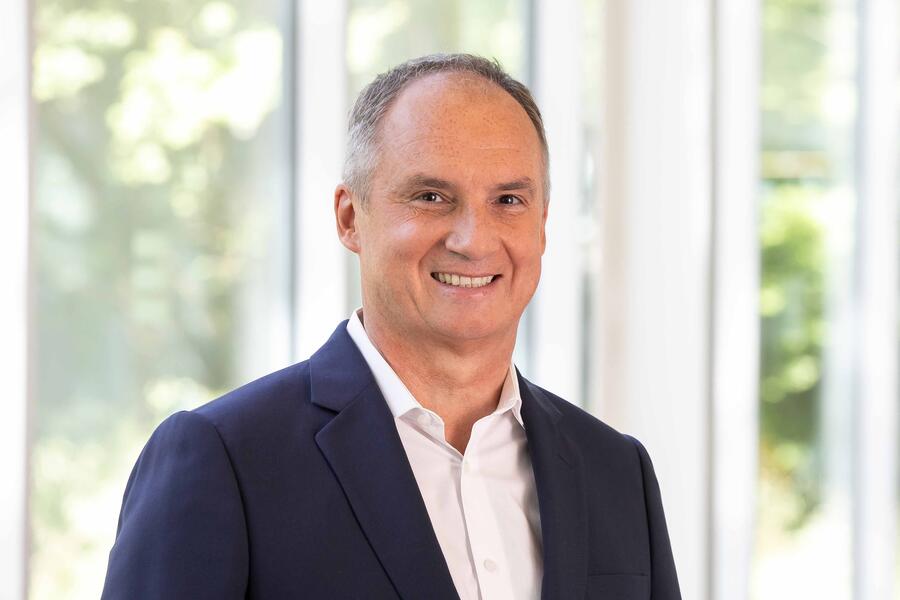
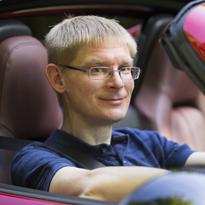





Add your comment